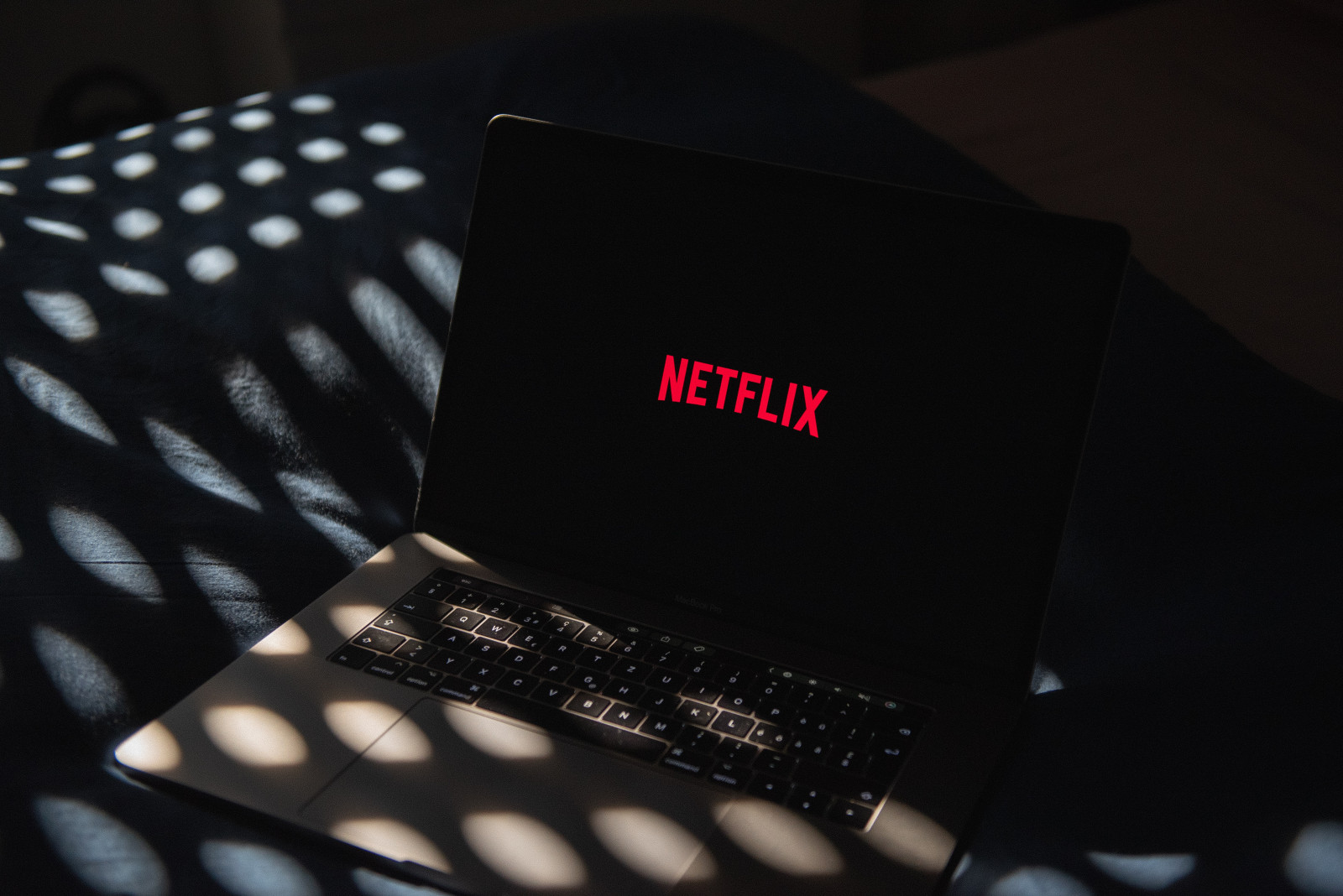Love is (not) sharing a password: Why Netflix’s crackdown on account sharing is a longer-term gamble

Photo: Thibault Penin

After a successful trial in Latin America, Netflix is planning to roll out its solution to account sharing worldwide over the next year, called ‘paid sharing’. For every user on an account who does not share the same IP address as the account holder, the account holder will be charged an additional fee, and that user will get their own login. In effect, this will no longer be account sharing, but just the price of adding extra users on to an account.
This additional fee will likely vary depending on country. in Canada, it is almost half the price of a full subscription, but in the original trial markets of Chile, Costa Rica and Peru, the cost was closer to a quarter. If the price in the US reflects the Canadian pricing, it should come to around $7.50 per additional user – slightly more than Netflix’s ‘Basic with ads’ subscription, at $7.
Why paid sharing?
While this is a departure from Netflix’s brand messaging thus far, the motivation behind this move makes sense. Competition from other streaming services is high, adoption has become saturated in developed markets, and revenue needs to match escalating costs. Not only will the cost of account sharing monetise users who are currently accessing the service through loosely-defined ‘family plans’, but the increased cost of account sharing will make Netflix’s ad-supported tier look more competitive – likely driving adoption, which will bring in revenue from both sides (advertisers and subscribers). With Reed Hastings having now stepped down as CEO, it seems a new era for the streaming major is dawning.
This levelling out of strategy is natural for when disruptors transition into incumbents. The critical risk now for Netflix is whether the introduction of this business sense will rob it of the cultural power that has brought it to where it is.
Featured Report
Defining entertainment superfans Characteristics, categories, and commercial impact
Superfans represent a highly valuable yet consistently underleveraged audience segment for the entertainment industry. What drives this disconnect is the fact that – despite frequent anecdotal use of the term – a standardised, empirical definition remains absent, preventing companies from systematically identifying, nurturing, and monetising th...
Find out more…A little something for everyone
Netflix has a light-touch brand stamp in its shows, but it reliably delivers a diverse, high-quality plethora of content to suit most demographics. Documentaries about 80’s cults? You got it. Reality show competitions about floristry? Done. Dramatic novel adaptations that inspire a global resurgence of chess? Absolutely. There is an almost creative flair to its content commissioning strategy, as opposed to Disney’s, which feeds on sequels, and Amazon’s, which feels more informed by an algorithm. And, clearly, it works: more than half of all consumers use Netflix weekly, far higher than any other streaming service, and rises even higher among younger demographics (more than two-thirds of 16-24-year-olds) (source: MIDiA Research Consumer Survey Q4 2022).
It is this younger skew that has landed Netflix so much sway in broader culture. Younger consumers sharing conspiracy theories, reactions, and fan spinoffs on social platforms have driven the wildfire success of the likes of Bridgerton, Tiger King, Wednesday, and more. The flywheel of everyone is watching and talking about these shows, so you have to watch these shows to know what is going on, benefitted the streaming giant’s cultural capital hugely. However, the trade-off has been monetisation.
Love is sharing a password
The definition of a ‘household’ as linked to a ‘family’ is changing, with both becoming ever more flexible. House sharing is growing in prominence, even among older demographics, and the purchasing power of younger consumers (below 35) is diminishing. When it comes to digital entertainment subscriptions, this has basically meant that the idea of splitting a value-for-money ‘family plan’ – be it for Spotify, Netflix, or anything else – can be a little confusing. For a household of three working adults in their 20’s, one or all of whom are likely to move within the next year, splitting a Netflix subscription does not make a lot of sense. Each of them are more likely to take the practical route: stay on the family plan of their actual family, despite no longer living with them. Netflix’s proposed user addition price monetises this habit, which is smart – but will also likely be the cut-off point for many parents of working adults, as they may just tell them to go and get their own subscriptions.
Furthermore, password sharing has become an unspoken bond between young people; see Netflix’s now poorly aged Tweet, “Love is sharing a password”. It is a sign of trust; of a relationship going well, or of friends who spend so much time together at home they may as well log in to their account on their friends’ devices. In the aforementioned theoretical household of three professional twenty-somethings, it is likely that their communal TV will be logged into one of their Amazon Prime accounts, a friends-sisters-ex-boyfriends’ parents’ Netflix, their parents’ Disney+, and be hooked up to one of their partners’ old PS4’s. Young people share accounts and access today the way thirty years ago they might have loaned out a favourite record or a good book. Netflix has encouraged this culture of sharing and community, resulting in almost universal access and cultural clout with only a (admittedly large) portion of that being monetised – up until now.
This strategic move by Netflix is likely to grow its revenue, but it is also likely to diminish its current central role in its audience’s social lives. With paid sharing following upon the recent rollout of ‘Basic with ads’, Netflix is no longer distinct from its competitors – and it will now have to work harder to retain its cultural relevance.

The discussion around this post has not yet got started, be the first to add an opinion.